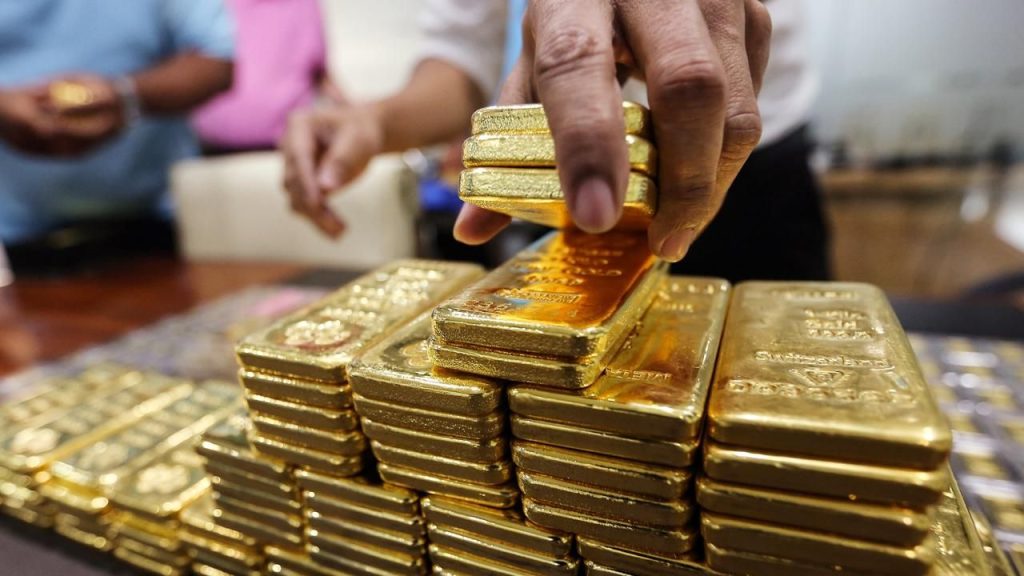In an unexpected turn of events, gold prices in Australia have dipped sharply in mid-June 2025, unsettling investors who have long relied on the metal as a safe-haven asset. The decline has been triggered by stronger-than-expected global economic data and a notable resurgence of the US dollar. As investor optimism returns to equity markets and inflation concerns ease, the appeal of gold has temporarily weakened. This market shift is forcing both seasoned investors and newcomers to reassess the role of gold in their financial strategies.
Table of Contents
Short-Term Jitters or Long-Term Shift in Sentiment?
Despite the initial panic, many analysts believe the recent decline is more likely a short-term correction than a sign of a lasting trend. Historically, gold has shown resilience during turbulent times, but when global stability returns, its defensive charm tends to fade. Much now hinges on the upcoming decisions from central banks regarding interest rates and how geopolitical developments unfold. Investors are being advised to monitor these indicators closely, as they could either revive or further weaken the current outlook for gold.
Australian Gold Buyers Face Critical Decision Time
The implications of this price dip are especially significant for Australian buyers and sellers. With the local currency experiencing its own fluctuations, the gold price volatility in Australian dollars may not mirror international trends exactly. For long-term investors, the current scenario might still offer reassurance, considering gold’s traditional strength over decades. However, short-term traders and speculative buyers are navigating a riskier path, where timing and strategic execution become crucial.
A Window of Opportunity or a Caution Flag?
For those who have been waiting for a price dip before entering the gold market, this correction may appear to be an ideal entry point. But experts warn against impulsive buying. Financial advisors continue to stress the importance of diversification, reminding investors that while gold can act as a hedge, it should never be the sole pillar of a portfolio. Whether this moment turns out to be a buying opportunity or a misstep will depend largely on global economic trends in the second half of the year.
Financial Planning Takes Centre Stage Amid Market Movements
In uncertain times, disciplined investing becomes more important than ever. Investors are encouraged to revisit their financial goals, consider their time horizons, and assess how much volatility they’re comfortable with. Gold remains a valuable asset class, particularly for those with a long-term horizon, but it should be viewed within the broader context of one’s overall financial planning. Emotional reactions can lead to poor decisions, especially in a fluctuating market.
Stay Grounded Amid the Noise

Economic cycles are unpredictable, and precious metals are often among the first to react to macroeconomic signals. Analysts point out that factors such as global interest rate trends, commodity demand, and even currency interventions could swing gold prices again in the coming months. In such a climate, the best strategy may be to stay observant rather than reactive. Investment decisions made in haste may not reflect long-term benefits.
Long-Term Confidence May Still Outshine Short-Term Dips
Despite the current decline, many market observers remain confident in gold’s long-term appeal. Its role as a hedge against economic instability hasn’t been erased it’s simply being reassessed in light of current data. For investors with a well-diversified portfolio, this downturn could serve as a balancing opportunity rather than a cause for concern. Overreacting to short-term market shifts often leads to missed long-term gains.
Proceed With Strategy, Not Emotion
As Australia’s gold market adjusts to global signals, investors are urged to keep their strategies aligned with personal financial objectives. Whether you’re holding gold, considering a purchase, or debating a sale, now is the time to lean on sound advice, not speculation. While gold may have lost some shine in June, its value as a strategic asset remains intact for those willing to stay the course and adapt wisely to market changes.




